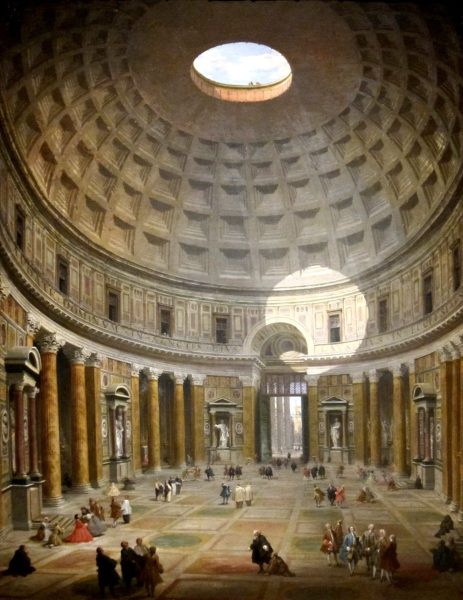Updated 03-Aug-2025
The main reason of my interest in Roman cement is the self-healing properties, especially in marine environments, and consequent waterproof ability, and adhesive strength. It seems to have many features which make it superior for stone pointing, stucco, tiling, and roofing uses, as well as for repair and restoration.

> From a material perspective, Roman cement is the binder which bridges the gap between hydraulic lime and Portland cement: Roman cements are produced by burning naturally occurring deposits of calcium carbonate rich in clay minerals at relatively low temperatures. In distinction to hydraulic limes, the resulting Roman cement has virtually no free lime, and compared with Portland cements it is composed of a specific low-temperature assemblage of reactive clinker minerals. In this way, when mixed with water, a characteristic binder is formed which combines relatively high strength with high capillary porosity. Further typical properties of Roman cements are their rapid set and early strength followed by a relatively slow development of strength at later ages. > > The above properties made Roman cement mortars an ideal material for constructions under water or in moist areas, facade renders, and run or pre-cast stucco elements, to name just their most prominent applications. According to the modern understanding of building physics, these mortars have also high potentials as breathable building materials with good capacity for moisture transport and high durability. -- Roman Cements for Architectural Restoration to New High Standards
Historical uses of Roman cement in the 19th century
There are many uses of Roman cement which was available at the same time as Portland cement (and lime mortar). This paper from Lawrance Hurst is quite descriptive in the varieties and uses of Roman cement in Britain, including features:
- Quick setting
- Use under water
- Roman cement concrete
- Roman cement brickwork
- Tenacious bond
- Tile creasing for terrace roofs
- Waterproofing, including extensive use in stucco
- Tunnels, including the Thames Tunnel
In sum, Roman cement was used in cases where its performance was superior to Portland cements, as well as its greater cost over lime were justified.
> Roman cement was an important material in the British construction industry throughout most of the nineteenth century and its use continued well into the twentieth century, particularly in the plastering trade for repairs. Its properties -- quick setting, exceptional bond, and ability to exclude or retain water -- were well understood.
How to use Roman cement today
Avoid YouTube videos which don't get it right (it requires hot mixing). Roman cement is manufactured and distributed by various companies. It's current main use and interest is for restoration projects.